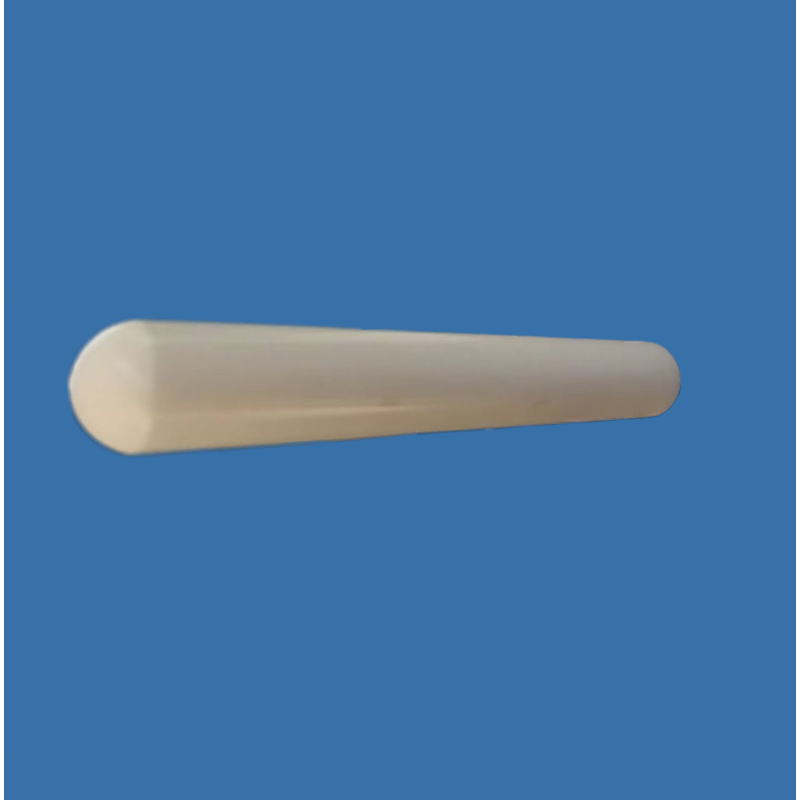Polishing processing technology of advanced ceramic materials
Polishing processing usually refers to the use of mechanical and chemical effects of fine abrasive grains, with the assistance of soft polishing tools or chemical processing fluids, electric/magnetic fields, etc., in order to obtain a smooth or ultra-smooth surface to reduce or completely eliminate the processing deterioration layer, So as to obtain a high surface quality processing method.
Polishing is different from grinding in the selection of abrasives and materials. Polishing usually uses fine abrasive grains below 1μm. The polishing disc is made of soft non-metal or metal materials such as asphalt, paraffin, synthetic resin, artificial leather, tin, etc. The amount of back-graining of the abrasive grains can be automatically adjusted according to the contact state. Reduce the scratch damage caused by larger abrasive particles on the machined surface and improve the surface quality. At present, the removal unit of abrasive grain processing has been on the order of nanometers or even sub-nanometers. In this processing scale, the chemical reaction phenomenon is accompanied by the polishing process, and the chemical effect of the processing atmosphere becomes not negligible. In processing, if the various chemical interactions between the workpiece and the abrasive particles, the workpiece and the processing fluid, and the workpiece and the grinding tool can be effectively used, the processing efficiency can be improved, and the processing surface can be obtained without damage.
For the grinding of hard and brittle materials, when the abrasive particles are as small as a certain size and a soft material grinding disc is used, the difference between grinding and polishing due to the difference in the characteristics of the abrasive and the grinding disc, the removal mechanism of the workpiece material and the surface formation The mechanism changes. It should be noted that in some cases, grinding and polishing are difficult to distinguish, and the two terms are sometimes mixed.
Polishing mechanism
Due to the complexity and invisibility of the polishing process, the polishing machine is often explained by the test results obtained under specific test conditions.
The polishing mechanism of brittle materials can be summarized as follows:
Polishing is mainly carried out by the chips generated by the microplastic cutting of abrasive grains. In the process of material removal, due to local high temperature and high pressure, there will be direct chemical interactions between the workpiece and abrasive grains, processing fluid and polishing disc, and reaction products will be generated on the surface of the workpiece. Due to the overlap of these effects, and the polishing fluid, The mechanical action of abrasive grains and polishing disc, make the products on the surface of the workpiece be continuously removed and smooth the surface.
Different combinations of workpieces, abrasive grains, polishing discs, and processing fluids can be used to achieve different polishing effects. The chemical reaction between the workpiece and the polishing fluid, abrasives, and polishing discs can help polishing processing.


